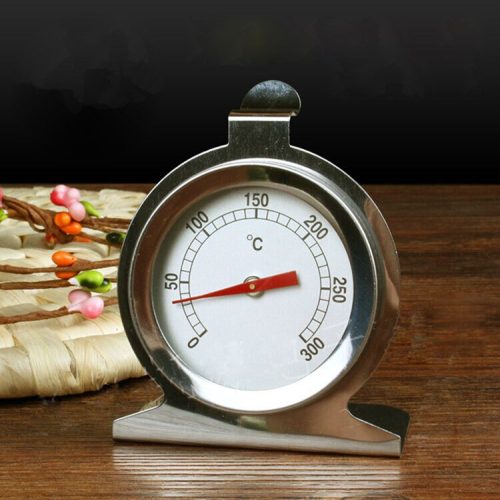Digital and analog thermometers differ in their method of displaying and measuring temperature. Here’s a breakdown of their characteristics and differences:
Analog Thermometers:
- Display: Analog thermometers typically have a scale (often printed on a dial or a column) with a pointer or mercury-filled tube to indicate the temperature.
- Reading: They require visual interpretation by observing where the pointer or liquid level aligns with the scale markings to determine the temperature.
- Type: They can be mercury-based (like traditional liquid-in-glass thermometers) or utilize a bimetallic strip mechanism.
- Response time: Generally, analog thermometers may have a slower response time compared to digital ones.
- Calibration: They might need calibration checks periodically to ensure accuracy.
- Application: Analog thermometers are used in various applications, including industrial processes, weather monitoring, and household use.
Digital Thermometers:
- Display: Digital thermometers have a numerical display that directly shows the measured temperature in digits, usually in degrees Celsius or Fahrenheit.
- Reading: They provide an exact numerical readout, eliminating the need for interpretation.
- Type: There are various types of digital thermometers, including probe-style, infrared, or those using thermocouples or resistance temperature detectors (RTDs).
- Response time: Digital thermometers often have a quicker response time, providing rapid temperature readings.
- Calibration: They may require less frequent calibration and can often be recalibrated easily.
- Application: Digital thermometers are widely used in medical settings (such as oral, rectal, ear, or forehead thermometers), food industry, laboratories, HVAC systems, and other applications where quick and precise temperature readings are needed.
Advantages and Disadvantages:
- Analog Thermometers:
- Advantages: Simplicity, no need for power source, may be easier to read in certain situations.
- Disadvantages: Subjective reading, potential for parallax error, usually slower response time.
- Digital Thermometers:
- Advantages: Precise and accurate readings, quick response time, easy-to-read digital display, some models offer additional features like memory, alarms, or data logging.
- Disadvantages: Reliance on batteries or power sources, potential for electronic malfunction.
Both types have their merits and are suitable for various contexts based on the need for accuracy, ease of reading, response time, and specific applications. The choice between digital and analog thermometers often depends on the intended use, required precision, and convenience preferences.


